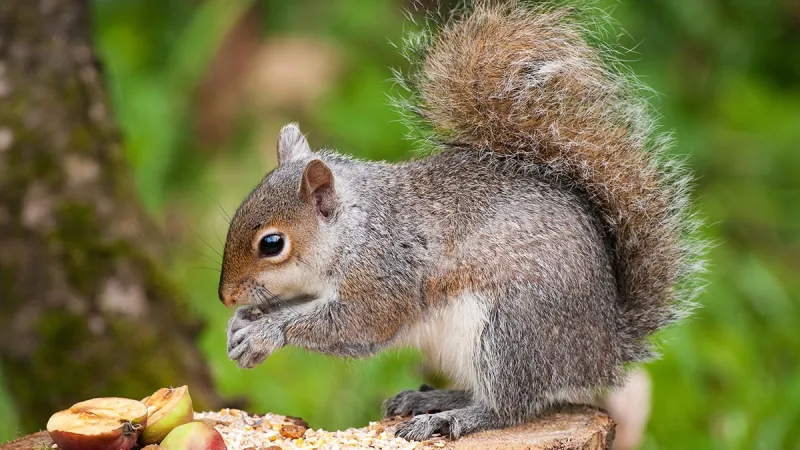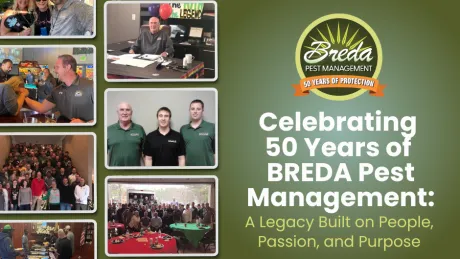Gray Squirrel Information

About Gray Squirrels
As charming as they may appear, grey squirrels can become a significant nuisance when they invade our homes. At Breda Pest Management, we understand the challenges posed by these agile creatures and employ effective wildlife control measures to deal with squirrel infestations. In this article, we will delve into the behavior and impact of grey squirrels, as well as explore how our professional services can help you regain control of your property.
More about Gray Squirrels
Grey squirrels are known for their acrobatic abilities, adaptability, and voracious appetite. Native to North America, these rodents have successfully established themselves in various habitats, including urban areas. Grey squirrels measure around 18 inches in length, with their bushy tails accounting for half of their total length. These squirrels are highly active during the day, spending their time foraging for food, building nests, and storing supplies. They are skilled climbers, effortlessly navigating trees, rooftops, and utility lines. These squirrels have a diverse diet that includes nuts, seeds, fruits, berries, and even bird eggs. Their ability to locate and exploit food sources makes them a persistent presence in residential areas.
Gray squirrels can cause considerable damage to your attic, as well as the soffit/fascia area of your home. These agile creatures exploit construction gaps, often left behind by careless roof work, to gain entry into your property. At Breda Pest Management, we utilize custom-made, heavy-gauge, galvanized metal flashing to seal these gaps, offering a lifetime warranty. It's important to note that dealing with gray squirrels or flying squirrels is not a DIY project. If you attempt to patch the entry hole yourself, they will find a way back in and potentially cause further damage.
While grey squirrels are not commonly known for their aggressive behavior, it is important to note that they can bite or scratch if they feel threatened. Additionally, it should be noted that their droppings and urine have the potential to contaminate surfaces and transmit diseases, making it essential to handle these animals with caution and care.



